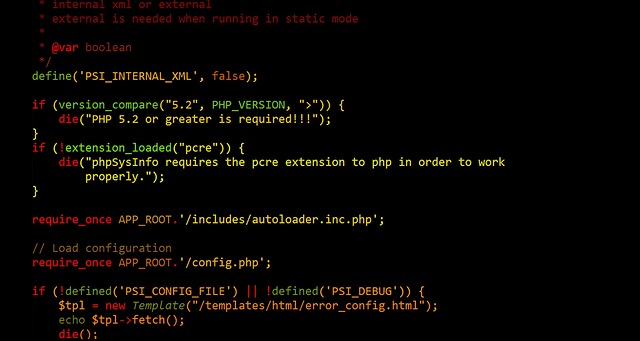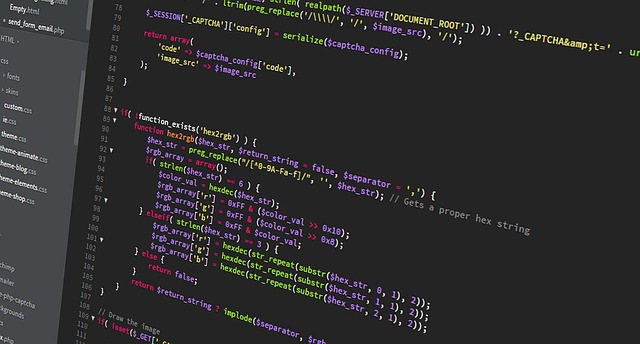What is the Difference between Framework and Template?
At first glance, frameworks and templates may seem like similar concepts, but they are actually quite different. A framework is a more complex structure that includes both code and user interface elements, while a template is a predefined user interface element that can be used as a starting point for creating a website or application. In this article, we will explore the differences between a framework and a template and how each can be used in web development.
What is a Framework?
A framework is an organized set of code and user interface elements that can be used to create a website or application. Frameworks usually include pre-defined elements such as a basic structure, programming language support, and APIs for connecting to databases. Frameworks provide a starting point from which developers can create a customized website or application.
Frameworks are often described as “opinionated” because they are designed to be used with certain programming languages and databases. For example, the Ruby on Rails framework is designed to be used with the Ruby programming language and a MySQL database. This means that developers who use the framework are limited to the programming language and database that the framework supports.
What is a Template?
A template is a predefined user interface element that can be used as a starting point to create a website or application. Templates are usually created in HTML and CSS and can be customized to create a unique design. Unlike frameworks, templates are not opinionated—they do not require the use of a specific programming language or database.
Templates are often more lightweight than frameworks and can be used to quickly create a website or application with minimal effort. This makes templates ideal for creating simple, one-off projects or for prototyping ideas.
Benefits and Drawbacks of Frameworks and Templates
Framework
One of the main benefits of a framework is that it provides a pre-built structure that can be used to quickly create a website or application. This structure can often be extended or customized to create a more complex and feature-rich project.
On the downside, frameworks can be more difficult to learn and understand and require more time and effort to set up than templates. Additionally, frameworks are usually opinionated and are limited to the programming language and database that they support.
Template
The main benefit of a template is that it is lightweight and can be used to quickly create a website or application. Templates can also be customized to create a unique design with minimal effort.
The downside of templates is that they are not as feature-rich as frameworks and may not provide the same level of flexibility. Additionally, templates may not be suitable for more complex or feature-rich projects.
Conclusion
Frameworks and templates are both useful tools for web development, but each has its own benefits and drawbacks. Frameworks provide a pre-built structure and are usually opinionated, while templates are lightweight and can be used to quickly create a website or application. Ultimately, the choice between a framework and a template depends on the needs of the project.










